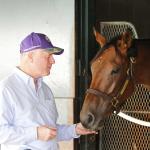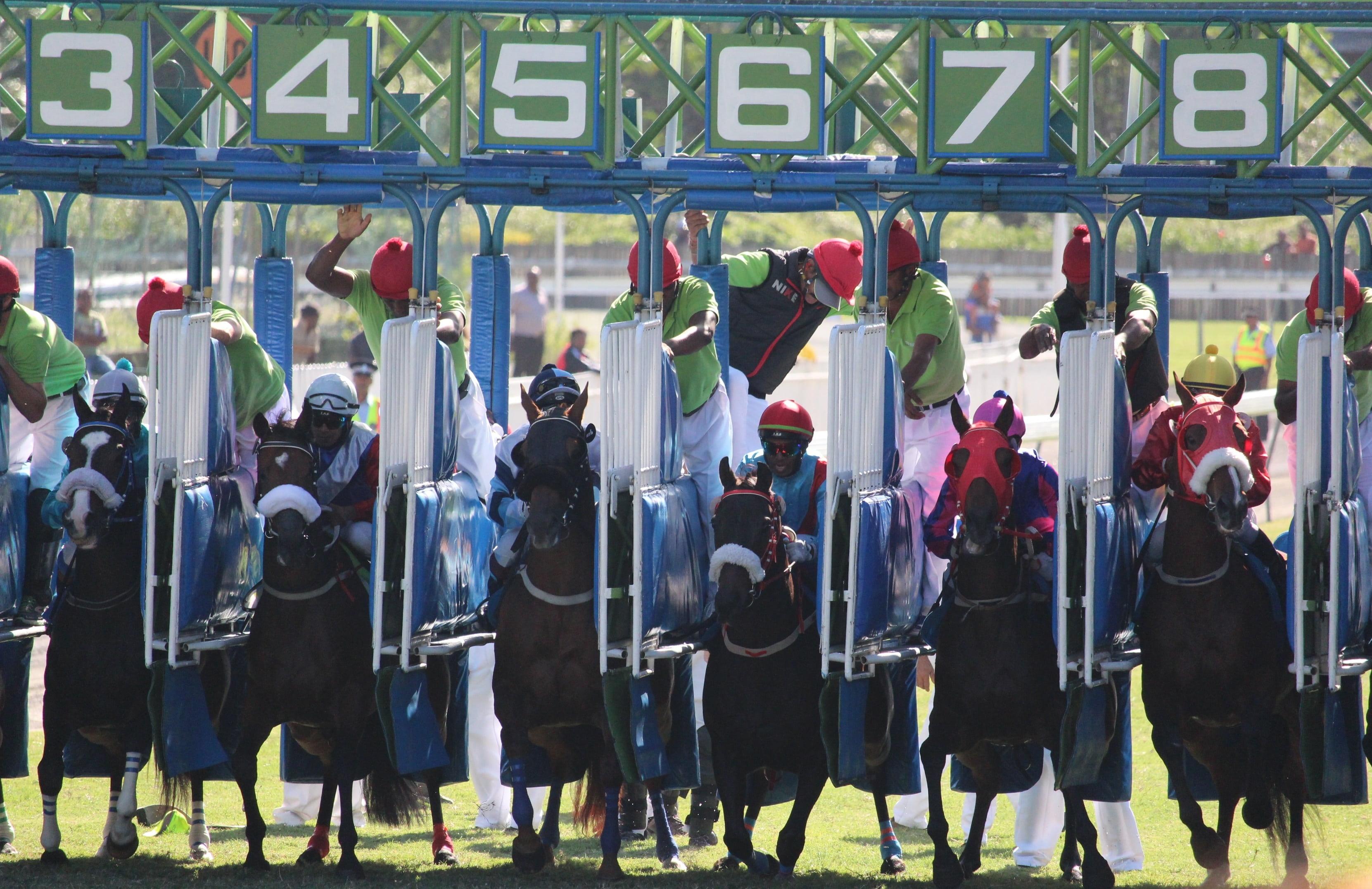
Cugino Gets Slight Edge in Wide-Open Ft. Lauderdale Stakes

If you are something of a horse racing betting novice and you are preparing to visit a U.S. racetrack in the near future, it might be a good idea to dedicate some time to impressing your friends or family members by learning how to read a racecard. A racecard exists to outline all the available information a bettor needs to make an informed betting decision on every race scheduled during a single race meeting. Without it, you might as well be betting on the horse whose name or jockey silks you like best.
If you are lucky, some racecards will also offer professional betting insight from profitable U.S. horse racing tipsters. For example, when you look at Timeform’s daily racecards for U.S. and UK racetracks, you’ll also receive a selection for every single race that will be run at your chosen racetrack. The Timeform Analyst will make their verdict on every race using all the available form and analysis, before placing their selection at the bottom of each racecard. If you fancy being spoon-fed potential winners in every race, you could just use these verdicts to influence your betting.
However, if you’d like to learn how to read a racecard for yourself and get the satisfaction of picking your own winner from the list, read on as we outline the key facts and figures to understand before you head to the paddock.

The first thing you’re likely to see on a racecard is several numbers next to a horse’s name. The biggest, bold one is a horse’s saddlecloth number. That’s the number they’ll wear on their side, helping you to pinpoint them in a crowded racetrack. The stall number is the other number listed, which can be beneficial if a racetrack has something known as a “draw bias,” where horses drawn in certain stalls make better starts than others.
You will also see a column titled “Silk.” This denotes the silk colours and patterns that the horse’s jockey will be wearing. It’s another way of differentiating your horse from the rest of the field. These silks are normally owned by the trainer and stables that the horse is representing.
You’ll also find a horse’s previous form listed, usually beneath the horse’s cloth and stall number. Let’s take a look at an example that reads:
“51401”
This means the horse has raced five times previously, finishing fifth in their first race, winning their second, coming fourth in their third, failing to finish in their fourth race and winning in their most recent race.
A horse’s form is often accompanied by a string of labels on their row of the racecard. These labels include:
Each horse also lists its jockey and trainer. The jockey is normally listed above the trainer. This can be useful if certain jockeys or trainers are renowned to perform well at a certain racetrack or race distance.
Age is also another influential factor when it comes to picking a winner of some of the biggest races on a card. For example, long-distance races may benefit older, more experienced horses that have the stamina and know-how to stay the course. Many of the recent winners of the UK Grand National are age 10 and older. Shorter, sprint races may play nicely into the hands of younger upstarts.
In handicap races, weight can be a means of levelling the playing field, increasing the weight that the highest-rated horses carry and decreasing it for the lowest-rated horses. This column is important to check whether your selected horse is top weight or not, as only the best horses can usually defy top weighting from the handicappers. The British Horseracing Authority (BHA) has a handy guide to how handicapping works in British horse racing; much of which is transferrable to U.S. horse racing, too.
Usually the final column on a racecard, the official rating is the rating given to each horse by handicappers. Ratings rise with positive performances and fall with poor results and are a good indicator of a horse’s previous ability.
Hopefully this article will serve as a starting point for helping you to understand a racecard and make the most of the information at your fingertips to turn bets into winning bets.